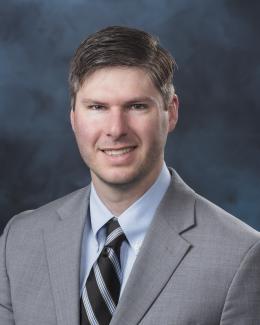A developing method to gauge the occurrence of a nuclear reactor anomaly has the potential to save millions of dollars.
Oak Ridge National Laboratory is looking to answer a longtime question: What’s the risk associated with fuel fragmentation, relocation and dispersal? That happens when fuel pellets in a reactor core degrade under accident conditions and extensive operation. If the cladding protecting the fuel bursts, fuel could be dispersed into the reactor core, potentially increasing the accident consequences.
Nathan Capps and colleagues are using the BISON fuel performance code and ORNL’s hot cell-based severe accident test station – one of two worldwide – to identify and mitigate risk. That could pave the way for reactors to safely operate on longer cycles with less waste. The environmental impact and cost savings would be significant, he said – millions annually.
“This approach completely revolutionizes the nuclear industry, making nuclear energy safe and economically viable carbon-free energy sources,” Capps said.






